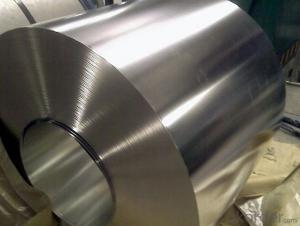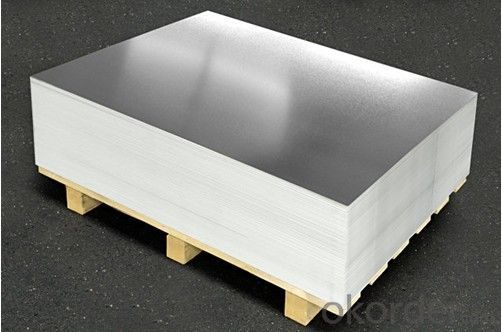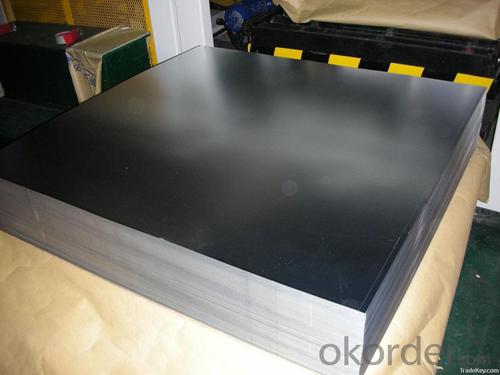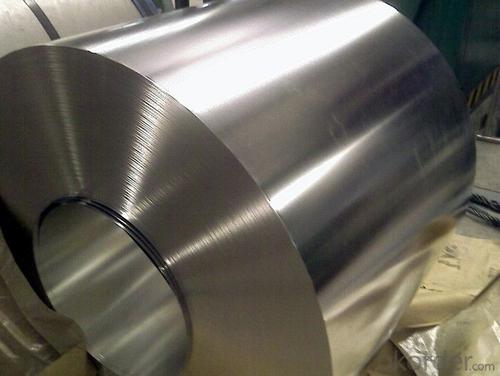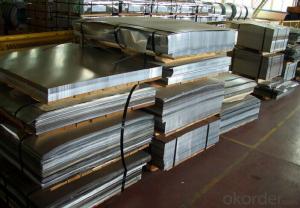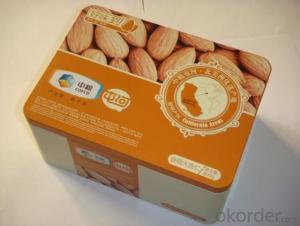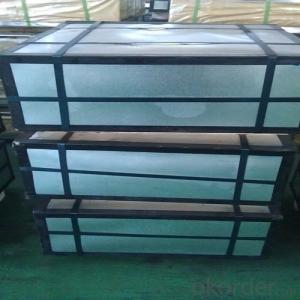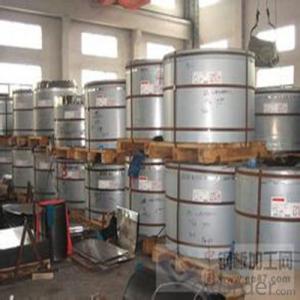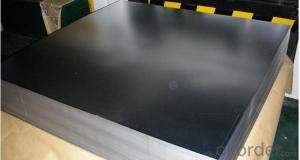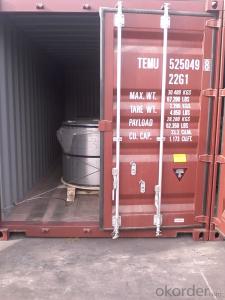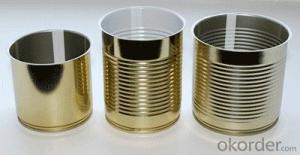Electrolytic Tinplate (ETP) for Metal Packaging
- Loading Port:
- Tianjin
- Payment Terms:
- TT OR LC
- Min Order Qty:
- 25 m.t.
- Supply Capability:
- 20000 m.t./month
OKorder Service Pledge
OKorder Financial Service
You Might Also Like
1.Structure of Electrolytic Tinplate (ETP) for Metal Packaging Description
Electrolytic Tin Plate Coils and Sheets for Foods Metal Packaging, is one thin steel sheet with a coating of tin applied by electrolytic deposition. Tinplate made by this process is essentially a sandwich in which the central core is strip steel. This core is cleaned in a pickling solution and then fed through tanks containing electrolyte, where tin is deposited on both sides. As the strip passes between high-frequency electric induction coils, it is heated so that the tin coating melts and flows to form a lustrous coat.
2.Main Features of the Electrolytic Tinplate (ETP) for Metal Packaging
Appearance – Electrolytic Tin Plate is characterized by its beautiful metallic luster. Products with various kinds of surface roughness are produced by selecting the surface finish of the substrate steel sheet.
Paintability and printability – Electrolytic Tin Plates have excellent paintability and printability. Printing is beautifully finished using various lacquers and inks.
Formability and strength – Electrolytic Tin Plates have got very good formability and strength. By selecting a proper temper grade, appropriate formability is obtained for different applications as well as the required strength after forming.
Corrosion resistance – Tinplate has got good corrosion resistance. By selecting a proper coating weight, appropriate corrosion resistance is obtained against container contents. Coated items should meet 24 hour 5 % salt spray requirement.
Solderability and weldability – Electrolytic Tin Plates can be joined both by soldering or welding. These properties of tinplate are used for making various types of cans.
Hygienic – Tin coating provides good and non toxic barrier properties to protect food products from impurities, bacteria, moisture, light and odours.
Safe – Tinplate being low weight and high strength makes food cans easy to ship and transport.
Eco friendly – Tinplate offers 100 % recyclability.
Tin is not good for low temperature applications since it changes structure and loses adhesion when exposed to temperatures below – 40 deg C.
3.Electrolytic Tinplate (ETP) for Metal Packaging Images
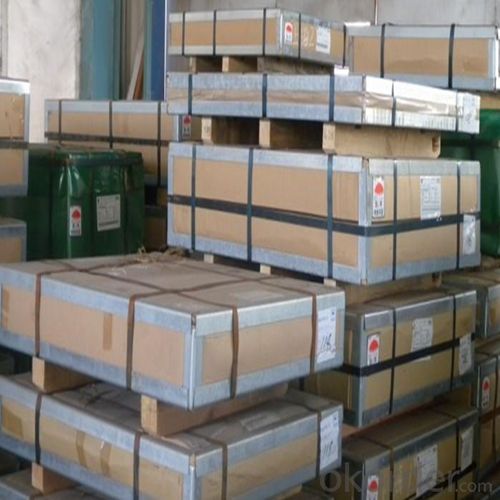
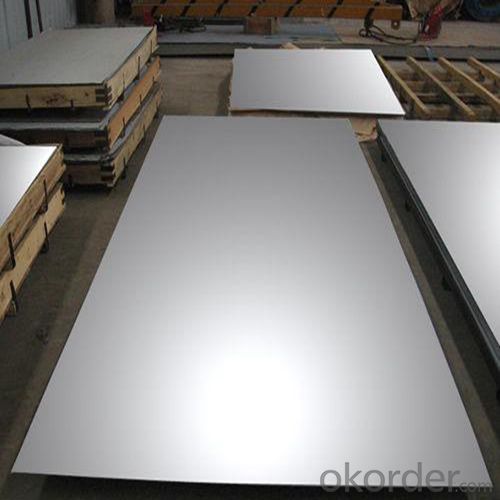
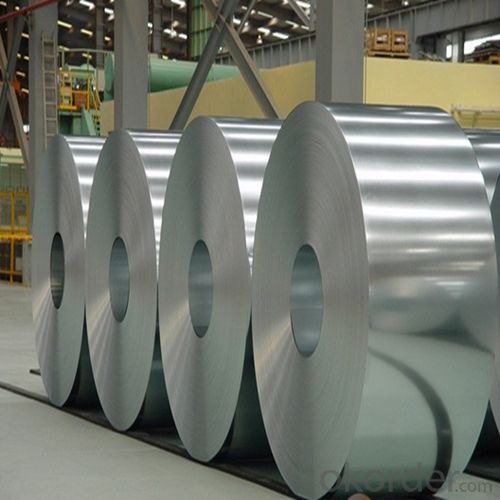
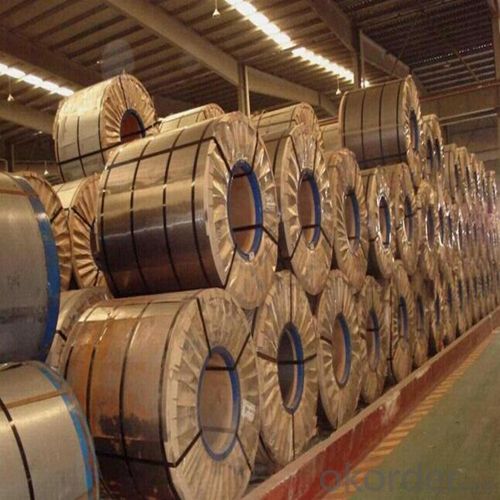
4.Electrolytic Tinplate (ETP) for Metal Packaging Specification
Standard | ISO 11949 -1995, GB/T2520-2000,JIS G3303,ASTM A623, BS EN 10202
|
Material | MR,SPCC |
Thickness | 0.15mm - 0.50mm |
Width | 600mm -1150mm |
Temper | T1-T5 |
Annealing | BA & CA |
Coil Inner Diameter | 508mm |
Weight | 6-10 tons/coil 1~1.7 tons/sheets bundle |
Passivation | 311 |
Oil | DOS |
Surface | Finish,bright,stone,matte,silver |
5.FAQ of Electrolytic Tinplate (ETP) for Metal Packaging
-How to place .an order or contact you ?
Please send us Email. we will give you a quick response in seconds .
- How is your quality ?
All our quality is prime even the secondary quality . We have many years experience
In this field with serious quality control standard . Advanced equipment, We welcome your visit to our factory .
- Q: What are the regulations regarding tinplate packaging?
- The regulations regarding tinplate packaging vary depending on the country and the specific product being packaged. However, some common regulations include restrictions on the use of certain chemicals in the coating of tinplate, requirements for labeling and product information, and guidelines for food safety and hygiene. It is important for manufacturers and distributors to familiarize themselves with the specific regulations in their target market to ensure compliance.
- Q: What are the main differences between tinplate and tinplate laminates in terms of design flexibility?
- Tinplate offers limited design flexibility as it is a single-layer material, while tinplate laminates provide greater design flexibility due to their multi-layer structure, allowing for the incorporation of different materials and finishes to achieve a wider range of design options.
- Q: What are the main challenges in tinplate coil handling?
- The main challenges in tinplate coil handling include the risk of damage to the delicate tin coating, ensuring proper alignment and stacking to prevent coil deformation, and maintaining a safe working environment for operators due to the weight and size of the coils. Additionally, managing efficient storage and logistics to minimize handling and transportation costs is another significant challenge in tinplate coil handling.
- Q: What are the common surface treatments for tinplate?
- The common surface treatments for tinplate include electrolytic tinplating, chromium plating, and passivation.
- Q: Can tinplate be embossed?
- Yes, tinplate can be embossed.
- Q: How does tinplate contribute to the overall sustainability of the supply chain?
- Tinplate contributes to the overall sustainability of the supply chain by offering several environmental benefits. Firstly, tinplate is highly recyclable, allowing for the continuous reuse of the material without any loss of quality. This reduces the need for virgin materials and minimizes waste generation. Secondly, tinplate provides excellent protection and preservation properties, extending the shelf life of products and reducing food waste. Additionally, tinplate is lightweight, which helps in optimizing transportation efficiency, reducing fuel consumption, and lowering carbon emissions. Overall, tinplate's recyclability, protective qualities, and lightweight nature make it a sustainable choice that positively impacts the entire supply chain.
- Q: Raw material for zinc clad sheet? Can zinc clad plate replace tinplate?
- Zinc is very active, outdoor corrosion is the surface after the formation of Zinc Oxide, do you dare to drink drinks containing Zinc Oxide, you see, you can replace the tinplate?
- Q: How does tinplate perform in extreme temperatures?
- Tinplate performs well in extreme temperatures due to its high melting point and excellent heat resistance properties. It remains stable and maintains its mechanical strength even under extreme heat or cold conditions, making it a reliable material for various applications in extreme temperature environments.
- Q: How is tinplate coated with food-grade materials?
- Tinplate is coated with food-grade materials through a process called electrolytic tinplating. In this process, a thin layer of tin is electroplated onto the surface of the tinplate to provide a protective coating. This coating ensures that the tinplate is safe for direct contact with food and prevents any reaction between the metal and the food, thereby maintaining the food's quality and safety.
- Q: How does tinplate contribute to the circular economy in the steel industry?
- Tinplate plays a significant role in promoting the circular economy within the steel industry. Due to its exceptional recyclability, tinplate can be easily collected, sorted, and recycled into new products repeatedly without losing its properties. This allows for a closed-loop system where tinplate packaging is collected, recycled, and reintroduced into the market as new packaging, reducing the need for virgin materials and minimizing waste generation. By facilitating the reuse and recycling of tinplate, the steel industry can minimize resource depletion, reduce energy consumption, and decrease the environmental impact associated with production.
Send your message to us
Electrolytic Tinplate (ETP) for Metal Packaging
- Loading Port:
- Tianjin
- Payment Terms:
- TT OR LC
- Min Order Qty:
- 25 m.t.
- Supply Capability:
- 20000 m.t./month
OKorder Service Pledge
OKorder Financial Service
Similar products
Hot products
Hot Searches
Related keywords


